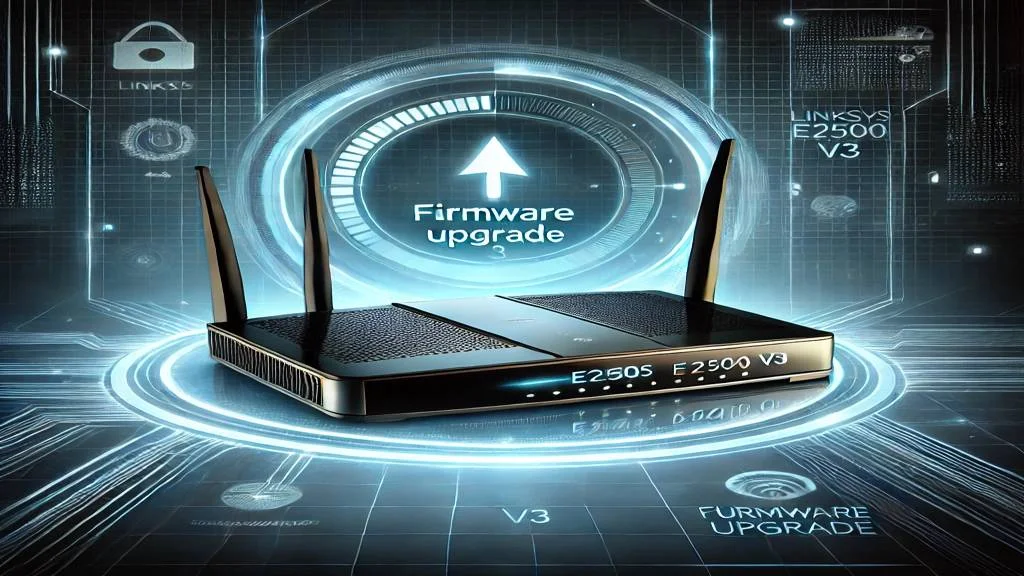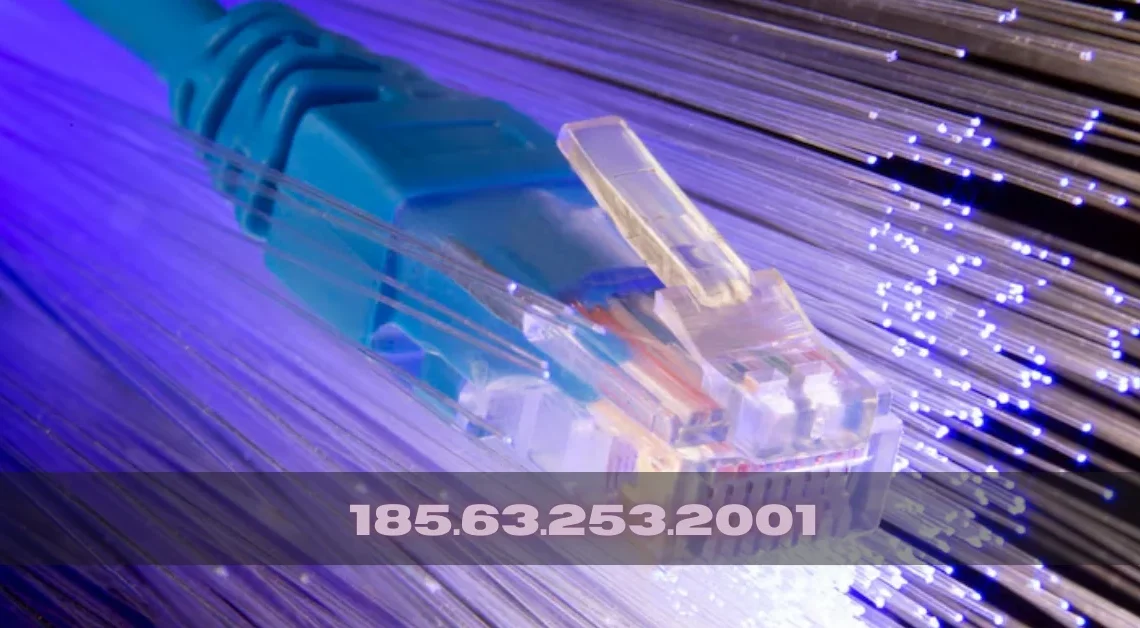Table of Contents
Introduction to 185.63.253.2001
Have you ever encountered an IP address and wondered how it works? An example would be 185.63.253.2001. Although an IP address may seem like a collection of numbers, it holds valuable information about device communications over the Internet. Whether you have sufficient technological expertise or are simply a curious enthusiast, understanding the implications of this IP address can broaden your perspective on a myriad of topics concerning safety, both online and offline. What I hope to achieve with you in this section of the essay is to analyze and synthesize the information about 185.63.253.2001 and dissect its importance today.
What is 185.63.253.2001?

As the fingers of technology wrap tightly around us, each device 185.63.253.2001 has an IP address, a unique identifier for devices, enabling communication over the Internet.
Every IP address consists of segments that can be described as blocks. In this case, each segment comprises a set of digits separated by commas, such as 185, 63, 253, and 2001.
The particular format of the stated IP address indicates that it belongs to the IPv6 range, which has its own length and structure. Like most people are familiar with IPv4 addresses like 192.168.0.1, modern networks increasingly utilize IPv6 for better resource allocation. This is unique because it can help differentiate devices used in the contemporary sprawling metropolis. This enables the precise paving of paths for data traffic to be directed unerringly between devices and services connected globally, without blending or merging.
The Meaning and Purpose of Each Number in 185.63.253.2001 IP Address
185.63.253.2001 is the configuration of an IP address consisting of 4 segments, and each has distinct functionalities for recognising known network devices. The initial segment, “185,” allocates a specific block of addresses to an organization or service provider. This number aids in properly directing internet traffic. Now comes “63.” This part drills down even deeper, indicating a subnet within that larger range.
The third part, “253”, refers to an even deeper advanced level of specified subnet location. It allows for improved management and allocation of resources among the connected devices.
Lastly, “2001” describes the generic designation of the identifiable device within the entire system. All these numbers work together to enable devices worldwide to communicate with each other.
How IP Addresses Work and Are Assigned
An IP address is a designation required by an internet-enabled device, like a smartphone or a computer, to transmit and receive data. IP addresses are allocated through a centralized system of management organized by different institutions such as the Internet Assigned Numbers Authority (IANA). IANA distributes blocks of IP addresses to regional registries, which are further subdivided into individual internet service providers (ISPs).
Whenever a user connects to the Internet, an IP is temporarily allocated to them from a larger ISP pool. This address may be fixed or dynamic, fluctuating with each new connection established. The address given to the device serves to enable communication with other devices. This allows accurate and efficient routing of information through different networks and internet facilities, ensuring the timely loading of websites. Grasping the basics of making these designations provides deeper insights into networking and online accessibility.
Common Uses for 185.63.253.2001
185.63.253.2001 is multi-functional in the world of technology today. One of the most well-known hosting services is associated with IP addresses. Websites also use 185.63.253.2001 for other purposes and require it to manage traffic cycling efficiently.
Another frequent example is the e-sports game. Gamers must connect through specific IP addresses to join servers and compete with other users worldwide.
Apart from these activities, one can also find such IPs being used by businesses in their networks to allow employees controlled access to common resources. For the general public, it serves as an additional measure for accessing content that is otherwise restricted due to one’s geographical location, thereby improving the quality of their browsing experience.
Whether using it for professional or personal purposes, 185.63.253.2001 helps users achieve their goals without hassle.
Potential Risks and Security Measures for IP Addresses
The IP address 185.63.253.2001 faces a myriad of threats. Computer criminals frequently exploit these numerical labels to access protected systems and confidential information illegally.
The risks above include IP address spoofing, where the offender disguises themselves as a fake IP address. This practice predisposes to data infringement and denial-of-service attacks, where services are suspended.
Implementing rigid and comprehensive security strategies must be the utmost priority to reduce these risks. Maintaining up-to-date firewalls and using intrusion detection systems allows monitoring of abnormal activities on the network.
Encryption is equally essential, as it protects sensitive information while the data is in motion. Attacking valuable, secured, and unprotected information in motion becomes a very challenging task.VPNs (virtual private networks) ensure more than just defending information. Restricting access to your IP improves online privacy significantly.
Conclusion
The number 185.63.253.2001 is an IP address that some argue can be hard to understand, but dividing it helps ease the worries. This address is vital in helping the devices exchange and communicate information over the Internet. Each sequence or block of numbers that makes up the IP address has its value and an attribute that can be used to identify how the related devices connected to the network communicate.
IP addresses serve and assist people to accomplish a lot more, like 185.63.253.2001 which identifies a device is helpful in interchanging control available in the range is put into organizing the power in the device’s memory; this also aids in arranging the order in which information is to the device gets organized is central becomes primary ensures there is no delay selecting the Inter-regulator delay indirection put Windows chance, video stamps located middle compelled versus IP HIV.
Using specific IP addresses comes with potential dangers. Still, with precautionary measures in place, security threats can be mitigated, allowing users to browse in peace without worrying about their IP addresses. Topics such as this widen the envelope to offer us further predictive barriers for exploring our digital world and help us interact with encounters to aid us, users, find or learn.
